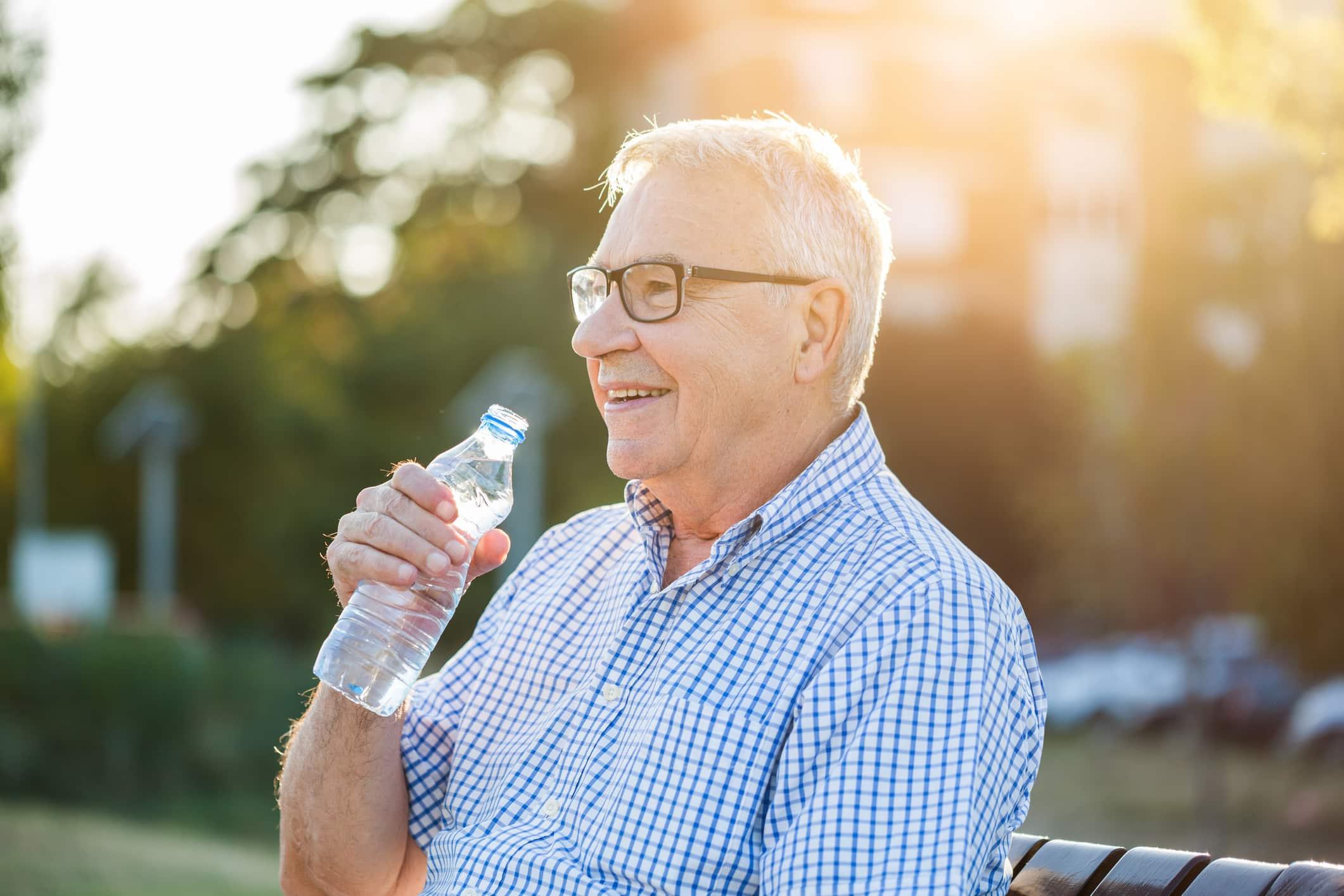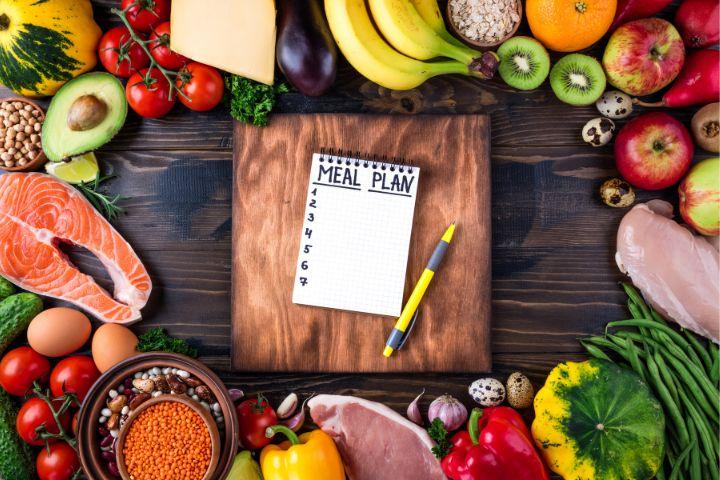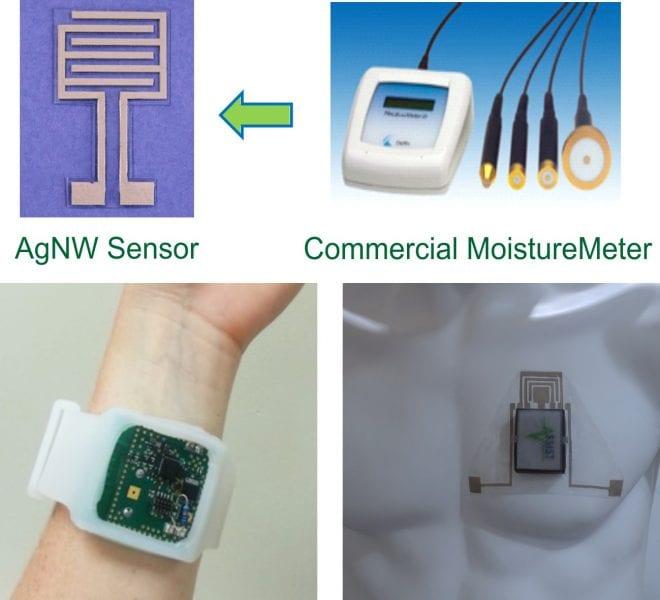As we age, our bodies undergo a myriad of changes that can impact our nutritional needs and hydration levels. For seniors, maintaining a balanced diet and staying properly hydrated is not just a matter of health; it’s a cornerstone of quality of life.However, many caregivers and care staff may find themselves navigating the complexities of senior nutrition without a thorough guide. This article aims to illuminate the vital aspects of nutrition and hydration specifically tailored for older adults. From understanding the unique dietary requirements of seniors to recognizing the signs of dehydration, we will equip care staff with the knowledge necessary to support the well-being of those in their charge. With the right information and strategies, caregivers can play a crucial role in fostering a nourishing surroundings that promotes health, vitality, and dignity in the lives of seniors.
Understanding Nutritional Needs in Aging Adults
As individuals age, their nutritional requirements evolve considerably due to changes in metabolism, body composition, and overall health. Older adults often experience a decrease in their caloric needs but may require higher amounts of certain nutrients. Key areas of focus should include:
- Protein: Essential for maintaining muscle mass and strength.
- Calcium and Vitamin D: Crucial for bone health, especially in reducing the risk of osteoporosis.
- B Vitamins: Important for energy production and cognitive function.
- Fiber: Aids in digestive health and helps prevent constipation.
Hydration is equally important as it impacts both physical and cognitive performance. Aging can diminish the body’s ability to sense thirst,leading to an increased risk of dehydration. Care staff should encourage seniors to drink fluids regularly and provide them with various options, such as:
| Fluid Option | Benefits |
|---|---|
| Water | Essential for all bodily functions, easily accessible. |
| Herbal Teas | Caffeine-free and can promote relaxation. |
| Broth | Hydrating and provides sodium, which can help with blood pressure. |
| Fruits and Vegetables | Contain high water content and essential vitamins. |

The Role of Hydration in Senior Health
Proper hydration is a cornerstone of overall health, particularly for seniors who often experience diminished thirst sensations. Aging can lead to alterations in kidney function and fluid balance, making it essential for care staff to actively monitor and encourage water intake. Dehydration in this population can result in severe complications, including cognitive decline, electrolyte imbalances, and even hospitalizations. Ensuring that seniors maintain adequate hydration not onyl supports physiological functions but also enhances their quality of life and daily functioning.
To effectively manage hydration,care staff should incorporate strategies that promote fluid intake.Consider offering a variety of hydrating options,such as:
- Fresh fruits with high water content (e.g., watermelon, oranges)
- Herbal teas or flavored water
- Soups or broths as part of meals
- Regular reminders to drink water, possibly through visual prompts or scheduled breaks
Additionally, understanding the signs of dehydration is vital. Symptoms can include:
- Dry mouth and lips
- Increased confusion or irritability
- decreased urine output
- Fatigue or dizziness
by being proactive in hydration efforts, care staff can significantly contribute to the well-being and vitality of seniors in their care.

Practical Tips for Meal Planning and Preparation
Effective meal planning and preparation is essential for maintaining the health and well-being of seniors. Care staff can facilitate this process by creating a weekly menu that includes a variety of nutrient-dense foods. Focus on incorporating fruits, vegetables, whole grains, lean proteins, and healthy fats to ensure balanced nutrition. Additionally, consider the preferences and dietary restrictions of each individual. When planning meals,aim to include foods that are not only nutritious but also appealing to the senses. For example:
- Vibrant colors: Choose brightly colored fruits and vegetables to enhance visual appeal.
- Textures: incorporate a mix of crunchy and soft foods to stimulate the palate.
- Flavors: Use herbs and spices to make meals more exciting without adding excess salt or sugar.
To streamline the preparation process,consider batch cooking and storing meals in portioned containers. This not only saves time but also reduces waste and ensures that nutritious options are readily available. When serving meals, remember the importance of hydration as well. Seniors often forget to drink enough fluids, which can lead to dehydration. encourage the inclusion of water-rich foods and beverages throughout the day,such as:
| Hydrating Foods | Fluid Content (%) |
|---|---|
| Watermelon | 92 |
| Cucumber | 95 |
| Strawberries | 91 |
| Cantaloupe | 89 |
| Spinach | 91 |
By integrating these strategies,care staff can ensure that seniors not only receive the nourishment they need but also enjoy their meals fully.

Monitoring and Supporting Hydration in Care Settings
Ensuring adequate hydration among seniors in care settings can significantly enhance their overall health and well-being. Care staff should routinely assess fluid intake and encourage residents to drink fluids, particularly during warmer months or when engaging in activities. Various strategies can be employed to foster a culture of hydration:
- Provide water containers or cups within easy reach for residents.
- Offer a range of beverages, including flavored waters, herbal teas, and broths.
- Incorporate hydration reminders into daily routines, such as before meals or between activities.
- Use mealtime as an prospect to serve drinks and increase fluid consumption.
Regularly monitoring hydration levels can prevent complications such as urinary tract infections,constipation,and confusion. Staff can utilize simple assessment tools, including:
| Assessment Tool | Description |
|---|---|
| Fluid Intake Chart | Track daily fluid consumption to ensure targets are met. |
| Skin Turgor test | Check skin elasticity to assess hydration status. |
| Urine Color Chart | Monitor urine color to gauge hydration levels (light yellow indicates hydration). |
By implementing these practices, care staff can effectively monitor hydration and provide necessary support, fostering a healthier environment for seniors.
The Conclusion
the well-being of seniors hinges significantly on the delicate interplay between nutrition and hydration. Care staff play a vital role in this intricate dance, equipped with the knowledge to make informed decisions that nurture both the body and spirit of those they serve. By understanding the unique dietary needs and hydration challenges faced by older adults, caregivers can foster an environment where health flourishes.
As we move forward,it is indeed essential for care teams to embrace ongoing education,adapt to individual preferences,and remain vigilant in their observation. This commitment will not only enhance the quality of life for seniors but also cultivate deeper connections through the shared act of nourishing and hydrating. Together, let us strive to create a setting where every meal and sip becomes an opportunity for care, vitality, and joy. After all, nutrition and hydration are not merely about sustenance; they are about honoring lives rich with experience and deserving of respect.
